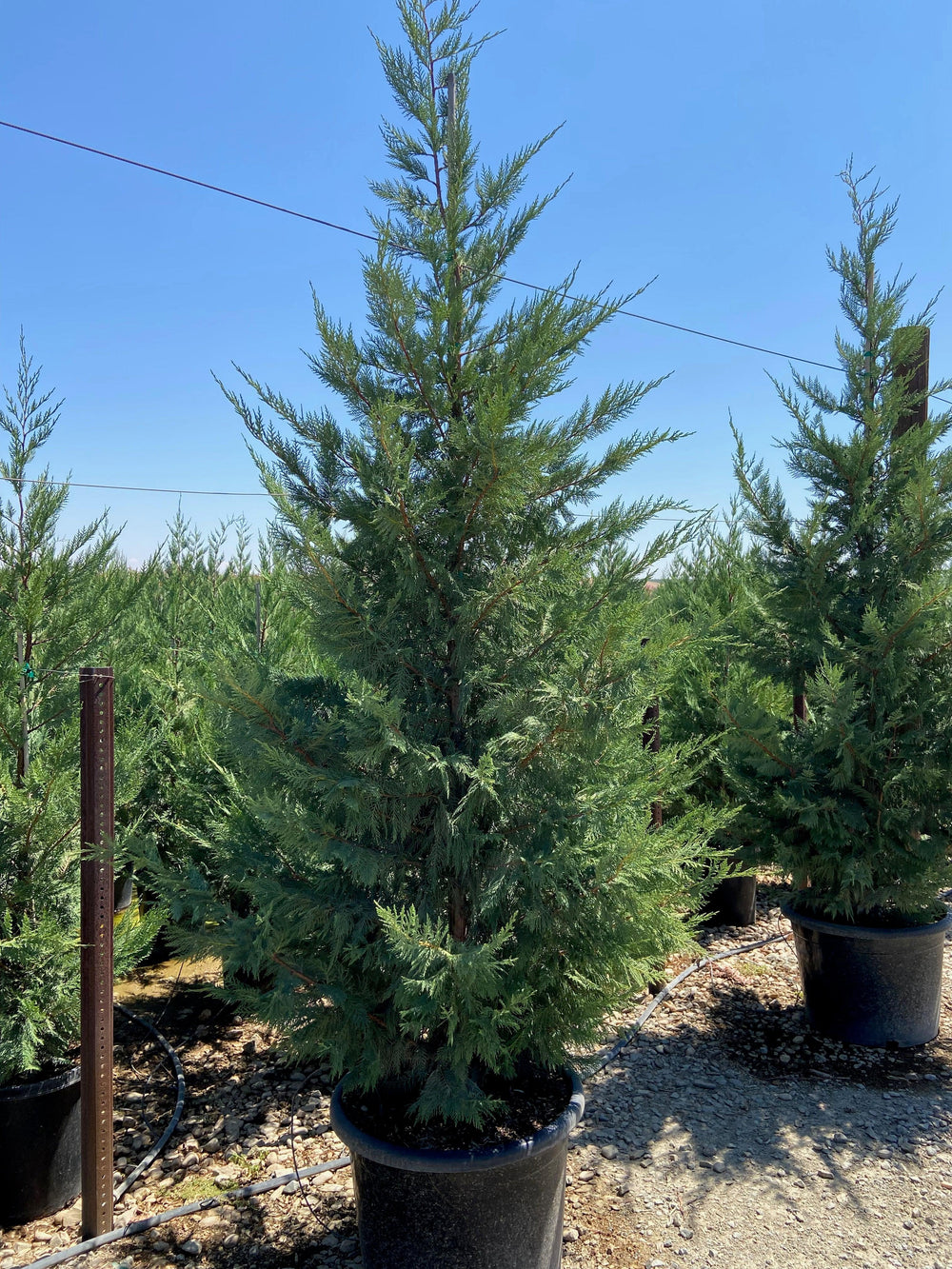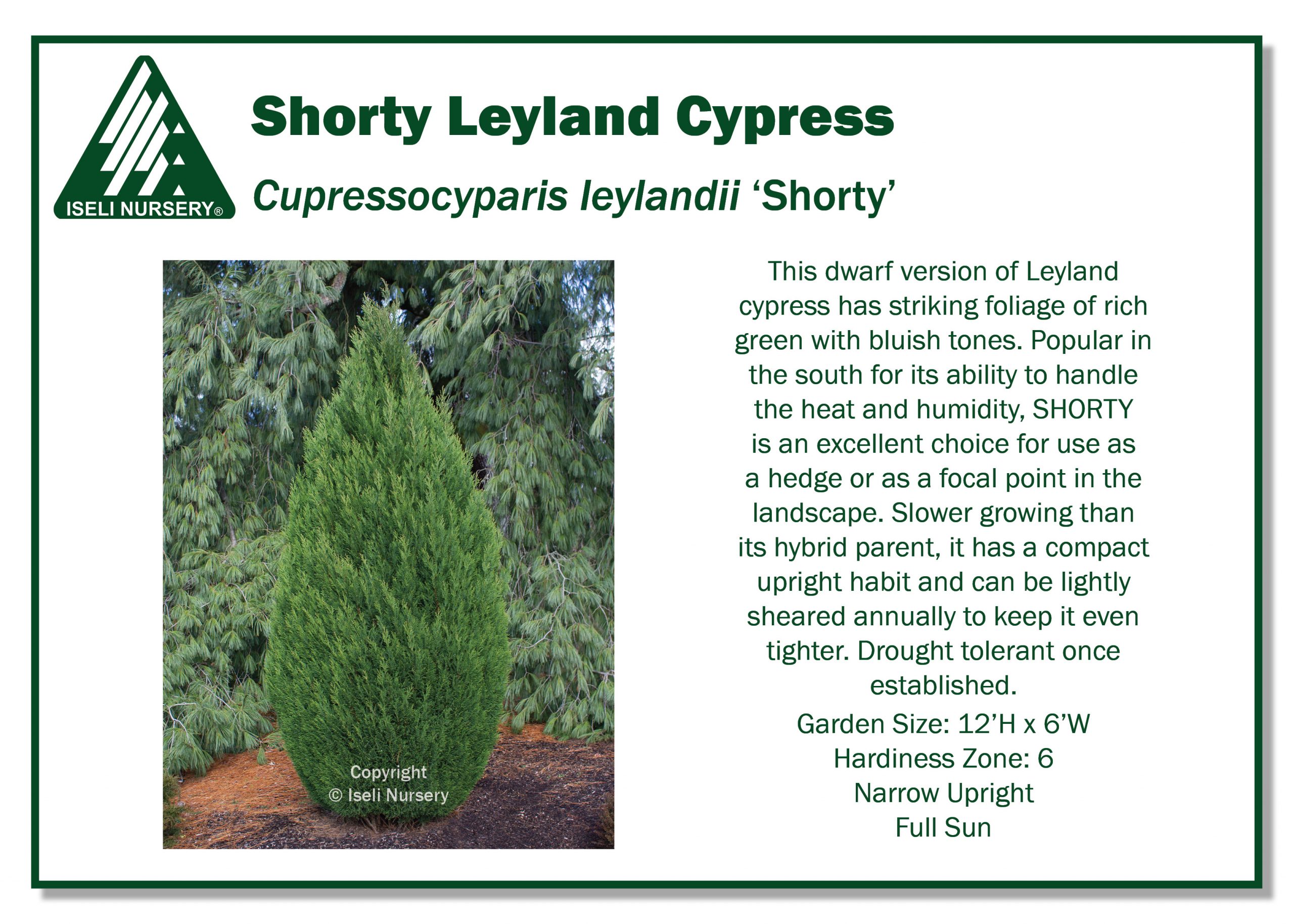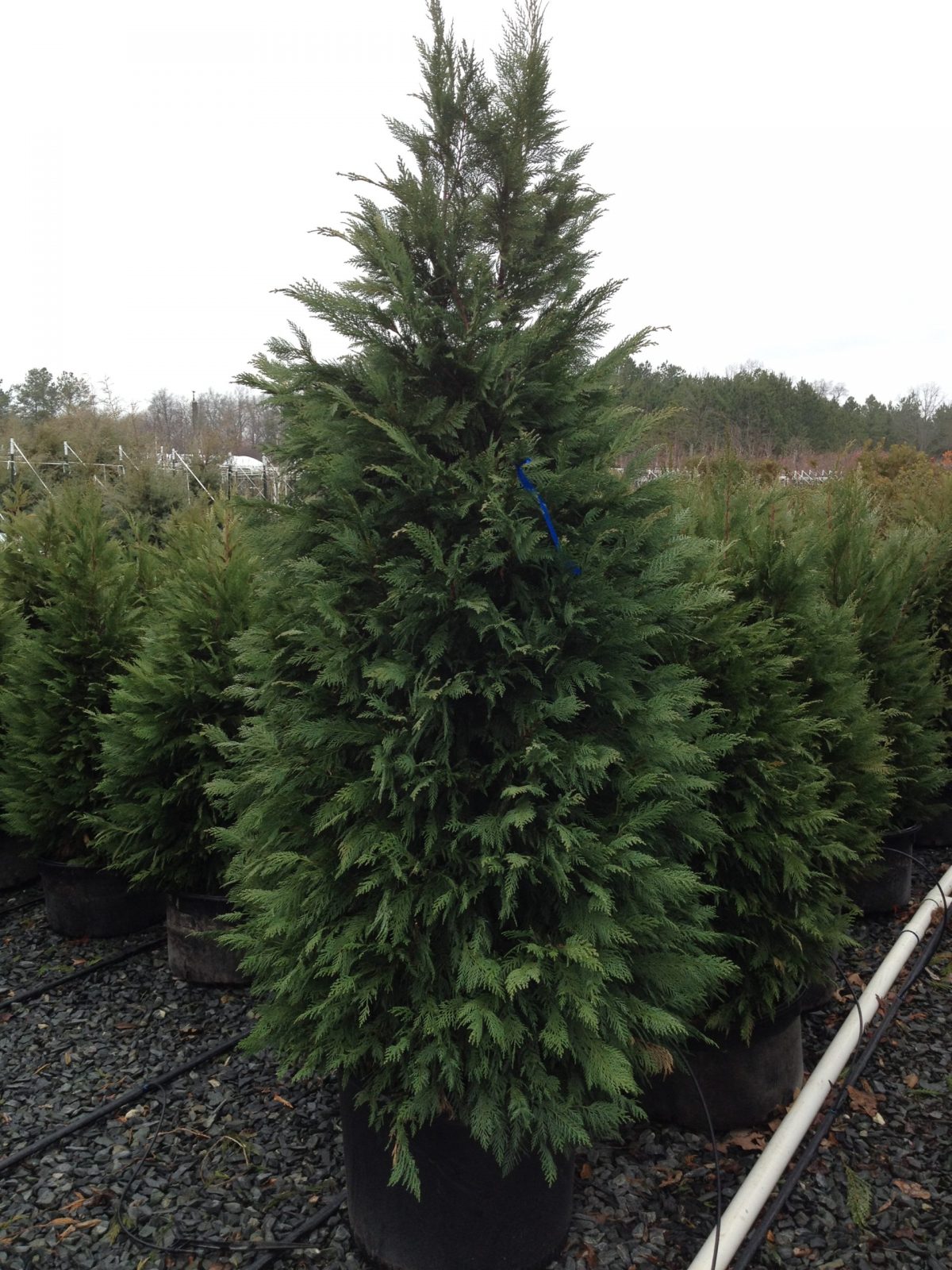Absolutely! Here’s a 3000-word article about Cupressocyparis, incorporating your request to replace list items with headings.
The Majestic Cupressocyparis: A Comprehensive Guide
Origins and Hybridization

The story of Cupressocyparis begins in Leighton Hall, Wales, in 1888, where C.J. Leyland first observed the spontaneous hybridization of the two parent species. The unique characteristics of this hybrid were quickly recognized, leading to its propagation and widespread distribution. This accidental crossbreeding resulted in a tree that combined the best traits of its parents: the fast growth and hardiness of the Monterey cypress with the cold tolerance and disease resistance of the Nootka cypress.
Botanical Characteristics
Growth Rate and Size

One of the most notable features of Cupressocyparis is its rapid growth rate, often exceeding 3 feet per year. This makes it a popular choice for quickly establishing hedges and windbreaks. However, this rapid growth can also lead to problems if the trees are not properly managed, as they can quickly outgrow their intended space.
Cultivars and Varieties
Several cultivars of Cupressocyparis have been developed, each with distinct characteristics:
‘Castlewellan Gold’

This cultivar is renowned for its striking golden-yellow foliage, which retains its vibrant color throughout the year. It is a popular choice for adding a splash of color to landscapes and is often used as a focal point in gardens.
‘Leighton Green’
This is the most common cultivar, characterized by its bright green foliage and vigorous growth. It is widely used for hedging and screening due to its dense growth habit and ability to create a solid wall of greenery.
‘Silver Dust’
This cultivar features a unique silvery-blue foliage, giving it a distinctive appearance. It is often used for its ornamental value and is particularly effective in creating a contrast with other plants in the landscape.
‘Haggerston Grey’
A cultivar with a more greyish-green hue, and a slightly more compact growth habit than ‘Leighton Green’.
‘Gold Rider’
A cultivar that displays a golden yellow hue in new growth, which matures to a more lime green shade.
Environmental Adaptability
Uses in Landscaping
The versatility of Cupressocyparis has made it a staple in landscaping, where it is used for various purposes:
Hedging and Screening
Its rapid growth and dense foliage make it ideal for creating tall, impenetrable hedges and screens, providing privacy and wind protection.
Windbreaks
Its robust growth and tolerance to wind make it effective as a windbreak, protecting gardens and crops from strong winds.
Specimen Trees
Certain cultivars, such as ‘Castlewellan Gold’ and ‘Silver Dust’, are often used as specimen trees, adding a focal point to gardens and landscapes.
Topiary
The dense foliage of Cupressocyparis lends itself well to topiary, allowing for the creation of intricate shapes and designs.
Challenges and Management
Despite its many advantages, Cupressocyparis also presents certain challenges:
Rapid Growth and Size
Its fast growth rate can lead to problems if the trees are not properly managed, as they can quickly outgrow their intended space and become difficult to maintain.
Pruning and Maintenance
Regular pruning is essential to maintain the desired shape and size of Cupressocyparis hedges and trees. Neglecting pruning can result in overgrown, unruly trees that are difficult to manage.
Disease Susceptibility
While generally robust, Cupressocyparis can be susceptible to certain diseases, such as cypress canker, which can cause significant damage and even death.
Cypress Canker
This fungal disease, caused by Seiridium cardinale, is a significant threat to Cupressocyparis trees. Symptoms include dieback of branches, cankers on the bark, and eventual death of the tree.
Root Problems
Due to their rapid growth, their root systems can become very expansive, potentially causing problems with foundations or underground utilities.
Management Strategies
To mitigate these challenges, several management strategies can be employed:
Regular Pruning
Regular pruning is essential to maintain the desired shape and size of Cupressocyparis hedges and trees. Pruning should be done annually, preferably during the dormant season.
Proper Spacing
When planting Cupressocyparis trees, it is crucial to allow sufficient space for their mature size. Planting them too close together can lead to overcrowding and competition for resources.
Disease Prevention
Maintaining tree health through proper watering, fertilization, and pruning can help prevent disease outbreaks. Regular inspections for signs of disease are also essential.
Root Barrier
If planting close to structures, root barriers can be implemented to prevent root damage.
Environmental Considerations
The rapid growth and dense foliage of Cupressocyparis can have environmental implications:
Water Consumption
Due to their rapid growth, Cupressocyparis trees can consume significant amounts of water, particularly in dry climates.
Biodiversity Impact
Dense hedges and screens can reduce biodiversity by creating a monoculture environment that provides limited habitat for other plants and animals.
Carbon Sequestration
On the positive side, the rapid growth of Cupressocyparis trees can contribute to carbon sequestration, helping to mitigate climate change.

